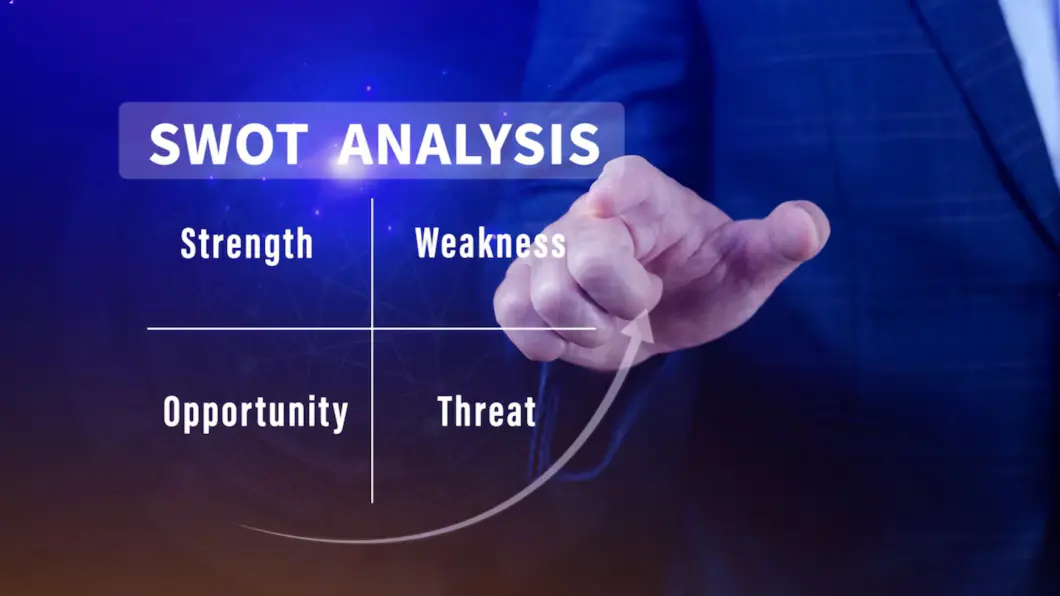Working capital management is an ongoing financial activity that helps businesses maintain sufficient liquidity to meet their day-to-day operational expenses. It enables them to improve their cash flow position to meet short-term obligations, such as inventory purchases and loan repayment.
Working capital can be accurately calculated by subtracting current liabilities from current assets through fully automated ERP software. It has detailed records of every business transaction, including cash, inventory, accounts receivable, accounts payable, and interest due on bank loans.
Working Capital Formula
Working Capital = Current Assets – Current Liabilities
Why is Working Capital Management Important?
Managing working capital is crucial in maintaining a healthy balance sheet and meeting current financial liabilities. A recent Crisil report highlighted that India Inc. will require around Rs 115-125 lakh crore in debt to meet capex, working capital and the financing needs of NBFCs.
What happens if a business does not have enough working capital?
- Makes it difficult to pay back loans, may have to rely on expensive, short-term debt
- May cause delays in employee salaries or postpone raw material purchases
- Create a mismatch between vendor dues and collections from customers
- Failure to pay on time harms supplier relationship and reduces negotiation power
- Customers doubt whether they will receive orders on time and may look for new suppliers
Objectives of Working Capital Management
The core objective of managing working capital is liquidity management. This allows companies to meet short-term financial obligations, i.e. those due within one year, while ensuring adequate cash in hand to sustain long-term business growth.
Other objectives are as follows:
1. Maximizing Return on Capital
Is the business utilizing its working capital effectively and not tying up too much cash in unproductive assets? Financial management software provides an accurate view of invested capital, boosting return on investment.
2. Optimizing Inventory Management
Working capital management ensures that inventory purchases are in line with demand. It reduces holding costs while maintaining operational efficiency through techniques like JIT.
3. Managing Payables and Receivables
A healthy balance between cash inflows and outflows maintains appropriate liquidity. Even if some customers delay payments, effective working capital management can provide a cushion to make timely vendor payments through AP automation.
4. Reducing Risk
Working capital provides cash reserves to meet market slowdowns, unexpected expenses, and prevent production halts. It helps monitor receivables and enforce a credit policy to avoid cash shortages.
5. Maintaining Business Credibility
Investors often look at a company’s balance sheet to see how effectively it manages working capital, because it is a sign of good financial health and operational efficiency.
Key Components of Working Capital Management
Working capital has two main components: current assets, including cash, inventory, accounts receivable, and current liabilities such as accounts payable and short-term debts.
Current Assets
- Inventory – raw materials, work-in-progress inventory and finished goods
- Accounts receivable – outstanding payment from customers and debtors
- Cash – Liquid money to meet routine operational expenses
Current Liabilities
- Accounts payable – Pending payments to vendors and creditors
- Debt payment – EMI payments due within one year
Factors Affecting Working Capital Requirements
How much working capital a business requires depends on several internal and external factors.
Internal factors consist of the nature of the business, business size, and the length of the production cycle. For example, a fast-growing manufacturer with a high volume of transactions may use working capital to invest in multiple ERP modules to efficiently manage different business functions.
External factors may include market conditions, credit availability and seasonal demand. For example, companies that experience high demand in certain months over others have to maintain a high positive working capital to meet peak order demand.
Common Challenges in Management of Working Capital
While efficient working capital management is critical to minimize financial risks and strengthen cash flow position, there are certain challenges a business can face along the way.
- Inability to make an accurate cash flow projection
- Frequent delays in payment from customers due to weak credit policy
- Lacking proper inventory optimization techniques to manage stock levels
- Depending too much on short-term loans from banks and NBFCs increases capital costs
- Sudden changes in customer demand affect procurement capital planning
Essential Working Capital Ratios
Working capital ratios are financial indicators that enable finance managers to measure working capital performance over time and take well-informed decisions on the company’s cash flow requirements.
1. Working Capital Ratio
This ratio represents a company’s ability to pay for its current liabilities using its current assets. It is also called the current ratio. This ratio is calculated as:
Working Capital Ratio = Current Assets / Current Liabilities
2. Inventory Turnover Ratio
This metric measures how fast a company sells and replaces its inventory within a year. A higher ITR value in inventory management software indicates that inventory quickly converts into cash.
Inventory Turnover Ratio = Cost of Goods Sold (COGS) / Average Inventory
3. Days Sales Outstanding (DSO)
Days Sales Outstanding is the average number of days it takes to collect payment when a company sells its goods on credit. High DSO means working capital is stuck in accounts receivable, while low DSO means faster payment collection. It is calculated as follows:
Days Sales Outstanding = (Accounts Receivable / Net Credit Sales) x Period (Number of Days)
4. Cash Conversion Cycle (CCC)
Managers use this metric to determine how long it takes for the company to convert its investments in stock into actual cash. A shorter cycle indicates that cash quickly flows back into the company.
Cash conversion cycle is calculated using this formula:
CCC = DIO + DSO – DPO
Where:
DIO = Days Inventory Outstanding, or the average number of days a company holds its inventory before selling it.
DSO = Days Sales Outstanding, the average number of days it takes to collect payment when goods are sold on credit.
DPO = Days Payable Outstanding, the average number of days a company takes to pay its vendors after receiving an invoice
How To Increase Your Working Capital?
- Automate invoicing, streamline AR approvals workflows and follow up on outstanding payments through accounts receivable automation.
- Improve demand forecasting to calculate the right inventory levels, avoid overstocking.
- Longer credit cycle and long-term contracts with suppliers also improve working capital.
- Strategically manage your cash flow by assessing working capital needs for inventory, payables, short-term debt servicing, emergency fund, and other operational expenses.
- Improve resource utilization to minimize errors and reduce manual tasks
- Track working capital using manufacturing ERP software and make adjustments in your cash flow strategy as needed
Unlock More Working Capital with Sage X3
Working capital management is key to smooth business operations. Every business must carefully manage its working capital to maintain enough liquidity and cash resources to meet its financial obligations.
Sage X3 is a comprehensive financial management ERP solution to get a complete and accurate view of the financial health of your company. Advanced automation tools in Sage X3 provide real-time visibility across business functions to improve liquidity and cash flow conversion.
Working Capital Management FAQs
1. What Is Working Capital and How Is It Calculated?
Working capital is the difference between current assets and current liabilities. It indicates the short-term liquidity available to the company to perform its core operating activities.
Working capital is calculated using this formula:
Working Capital = Current Assets − Current Liabilities
2. Why Is Working Capital Important For A Business?
Working capital management is important because it:
- Enables a business to pay its vendors, bills and other routine expenses
- Helps to pay salaries on time and buy inputs and raw materials
- Allows efficient management of cash flows, especially when demand is low
- Keeps the business running and indicates sound financial health
3. What Is A Good Working Capital Ratio?
Working capital or current ratio = Current Assets / Current Liabilities
A company is said to have a good working capital ratio if it has sufficient liquid assets to pay for its short-term liabilities without tying up too much cash in inventory and receivables.
If the ratio is:
Below 1 – May indicate financial stress
Between 1.2 & 2 – Good working capital management
Above 2 – May indicate idle cash or excess inventory






